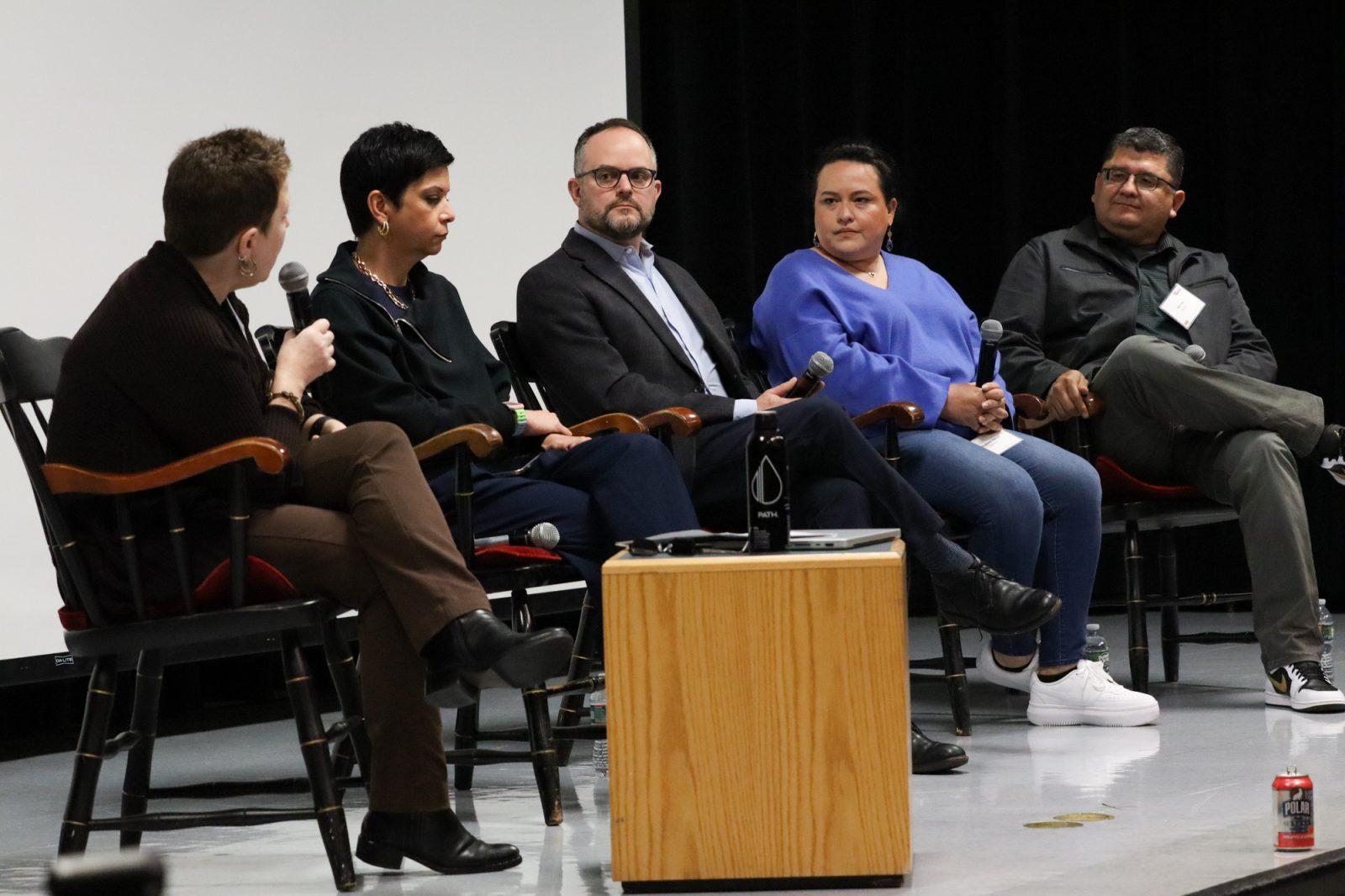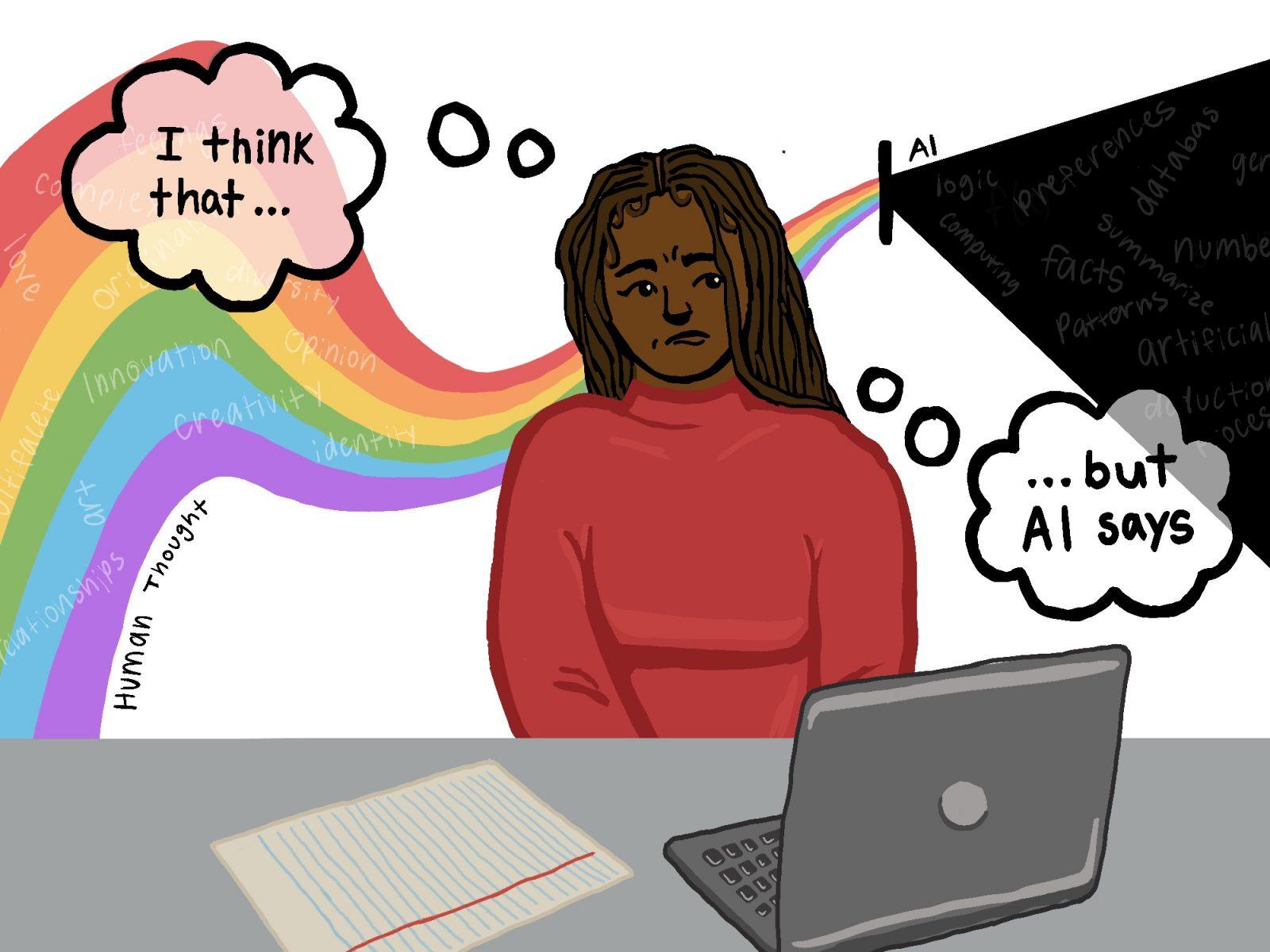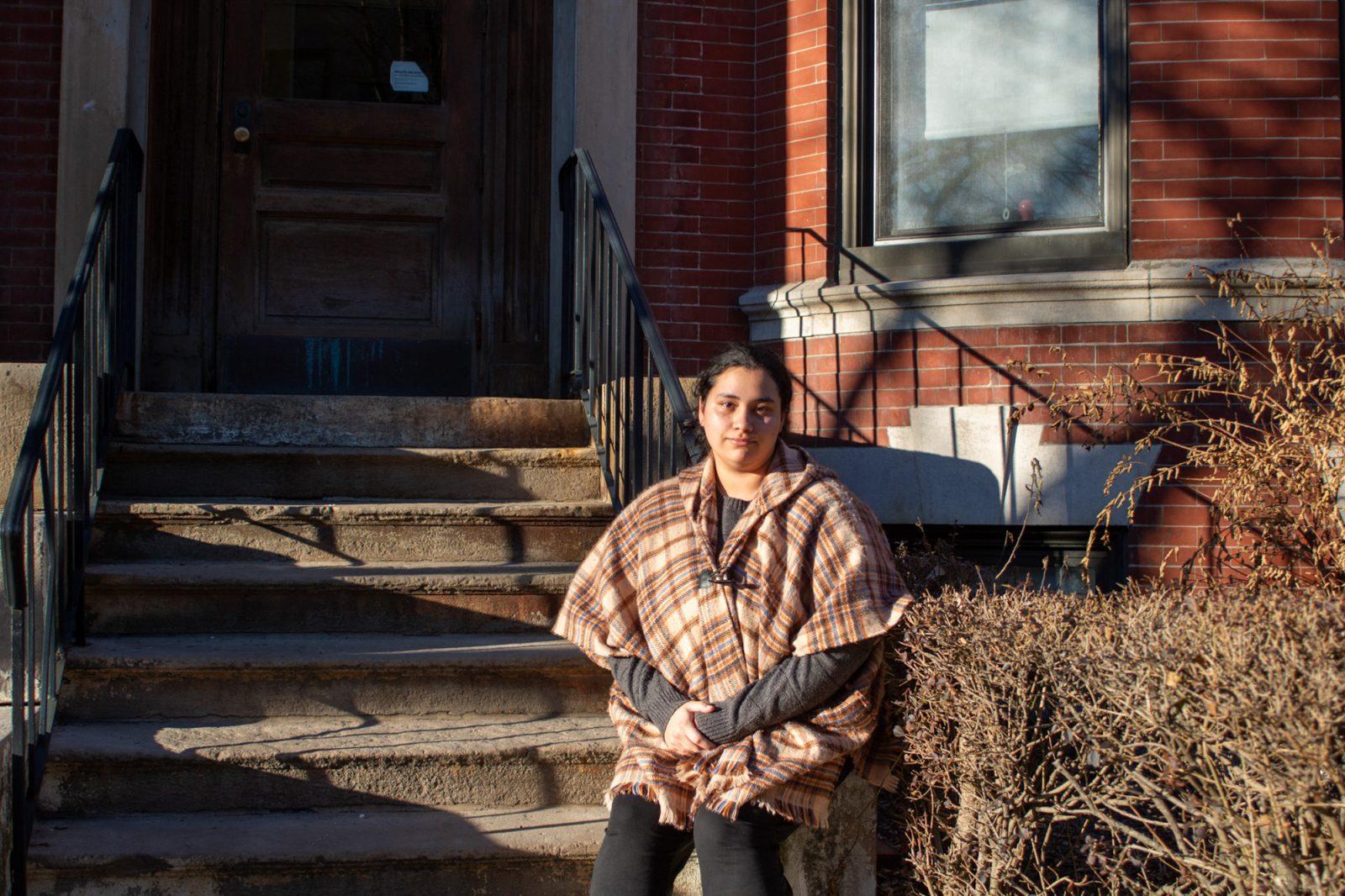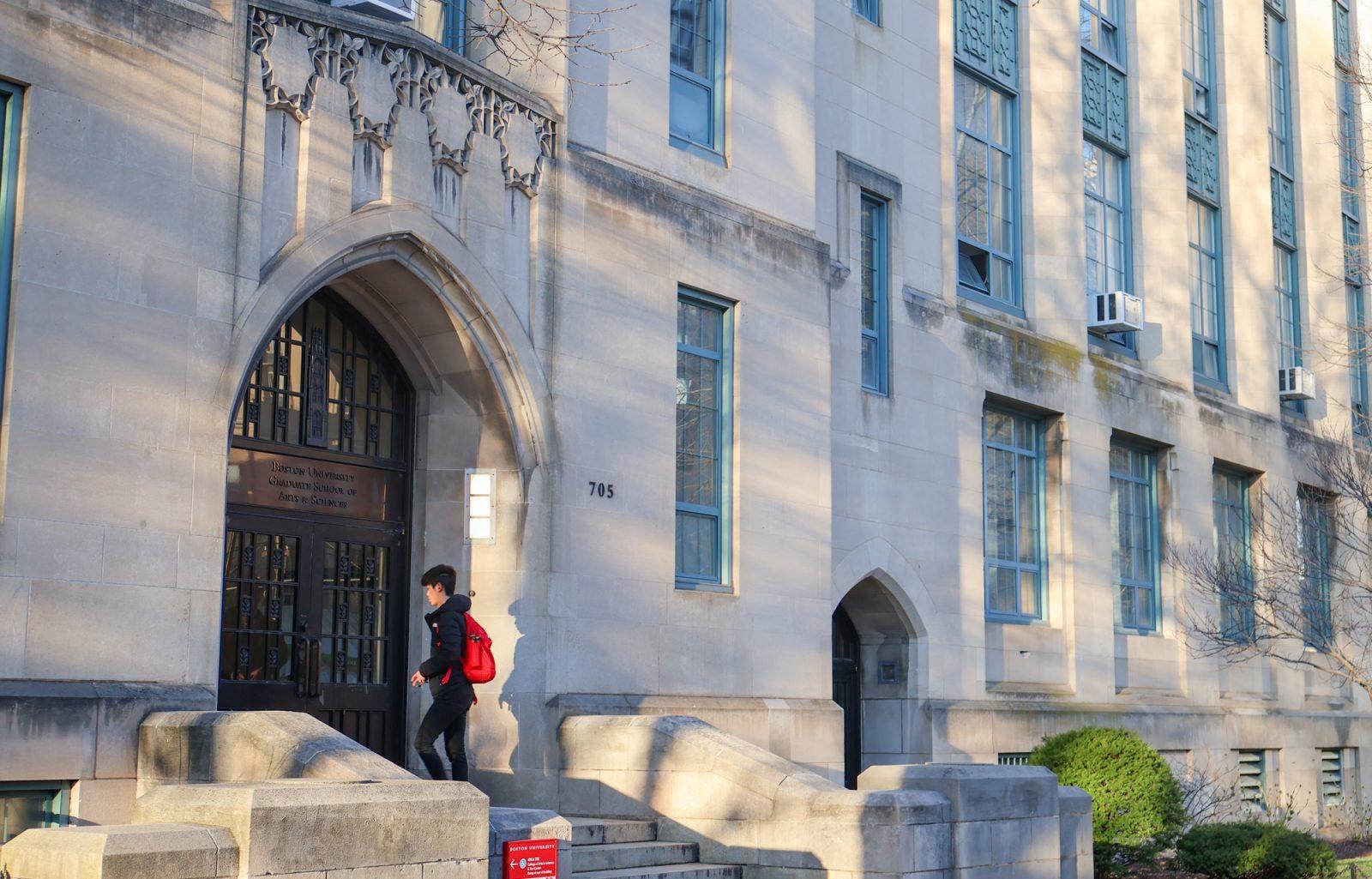President Donald Trump issued an executive order March 20 to dismantle the U.S. Department of Education, sparking alarm about the implications, especially for short-staffed schools, students with disabilities and educators.
The order, asserting that federal oversight of education has “plainly failed,” instructs the Department of Education to shift most responsibilities back to the states and cut funding for programs supporting “diversity, equity, and inclusion” as well as “gender ideology.”
The move has been met with legal and political opposition in Massachusetts, a state that receives more than $2 billion annually in federal education funding, according to a press release from the Healey-Driscoll Administration.
“Trump claims he wants to give power back to the states, but as a governor, I know that the way to do that is not gutting the programs and support our students rely on every day,” Gov. Maura Healey said in the press release.
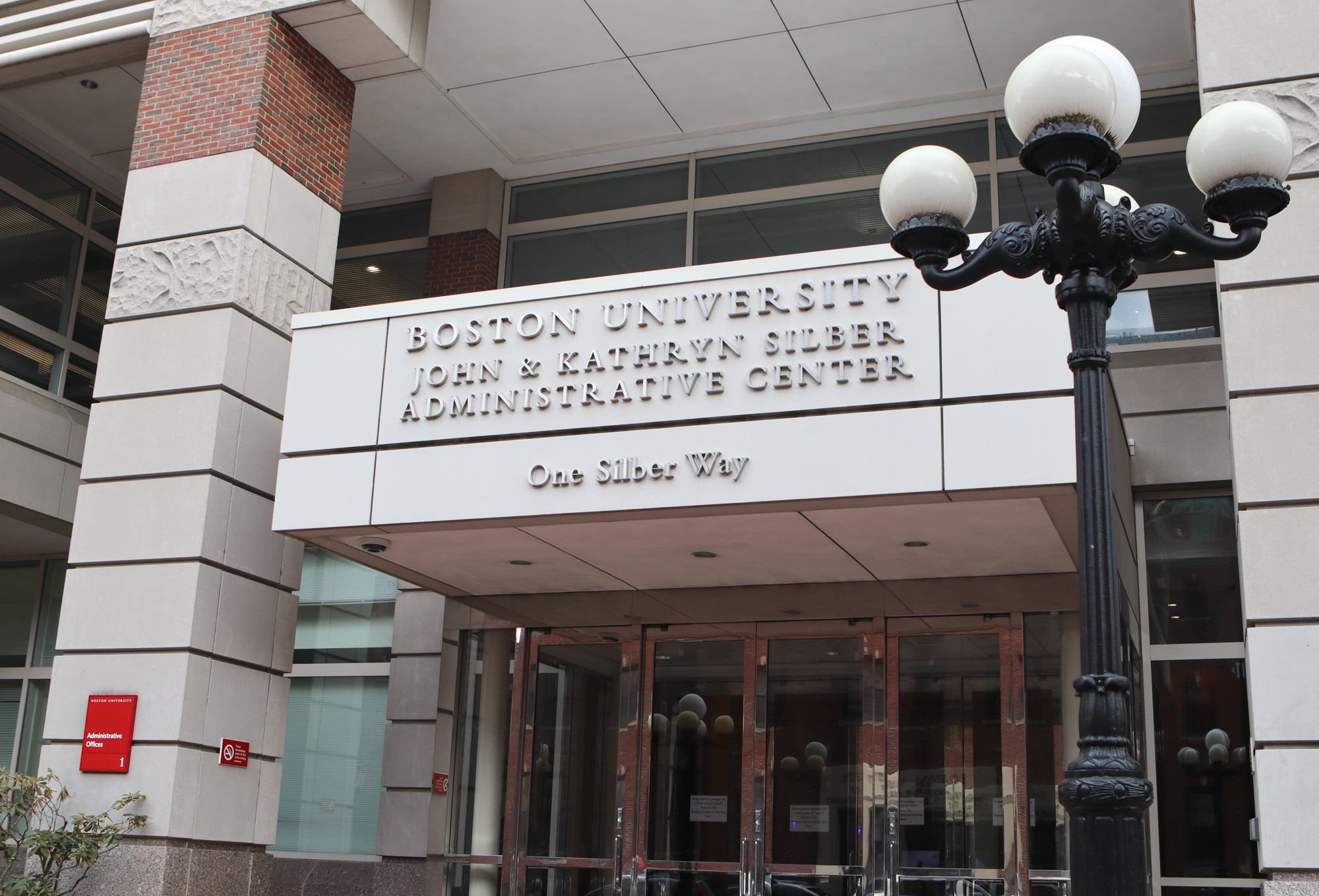
The American Federation of Teachers Massachusetts, along with Somerville and Easthampton Public Schools, filed a lawsuit in the U.S. District Court of Massachusetts seeking to block the order’s implementation. The lawsuit argues that eliminating a cabinet-level agency requires Congressional approval.
Donna Grady, a 36-year veteran educator and the health, safety and wellness chair of the Massachusetts PTA, said she was not surprised by the executive order.
“For all of us in education and also as a parent … you’re just very aware of how things are going to affect your own children,” Grady said. “It sounds wonderful to say, ‘Let’s give the states back the control,’ … But, what people don’t realize is how much actually runs through the Federal Department of Education.”
Grady said many public school programs, including Title I funding for students with disabilities and support from the Office of Civil Rights, are supported by the Department of Education.
“Now, we just don’t know what resources are going to be available, and if they are, are there going to be enough staff at the Department of [Education] to help with those resources?” she said. “We’re already short-staffed in the schools, so it’s really a frightening time.”
Since the order’s announcement, Grady said she has seen changes in Title IX guidance, uncertainty around educator certification processes and the closure of a Department of Education office in Massachusetts.
“We’re already underfunded, and we’re already understaffed across the board, not just Massachusetts but in the U.S.,” Grady said. “We’ve already seen resources, particularly from those students who need it the most, are less available. Some of them are not available at all.”
With the full effects of the order still unclear, many remain on edge.
“We’re still waiting. Everyone’s bracing, because we don’t know when these changes are going to be in effect,” Grady said. “Preparing for the worst and hoping for the best, but not knowing what that’s going to look like.”
Almudena Abeyta, superintendent of Chelsea Public Schools, wrote in a statement to The Daily Free Press that the challenge in public education will be figuring out how to support each student’s growth.
“But, in Chelsea Public Schools we will continue to push forward with an equitable and high-quality education for all our students,” Abeyta wrote.
With nearly 50% of the Department’s federal staff already laid off, more changes are expected in the coming months.
“We need to speak up and what I would say to families is ‘educate yourself,’” Grady said. “Go look and see what educators are telling you. See what communities are telling you.”
Grady said she plans to testify before the Massachusetts House Ways and Means Committee this week.
“We have to realize that what happens to one student and one education is really happening to everybody within the community, and we need to speak up,” Grady said. “By dismantling the Department of Education, we’re also taking away peoples’ dreams.”




















































